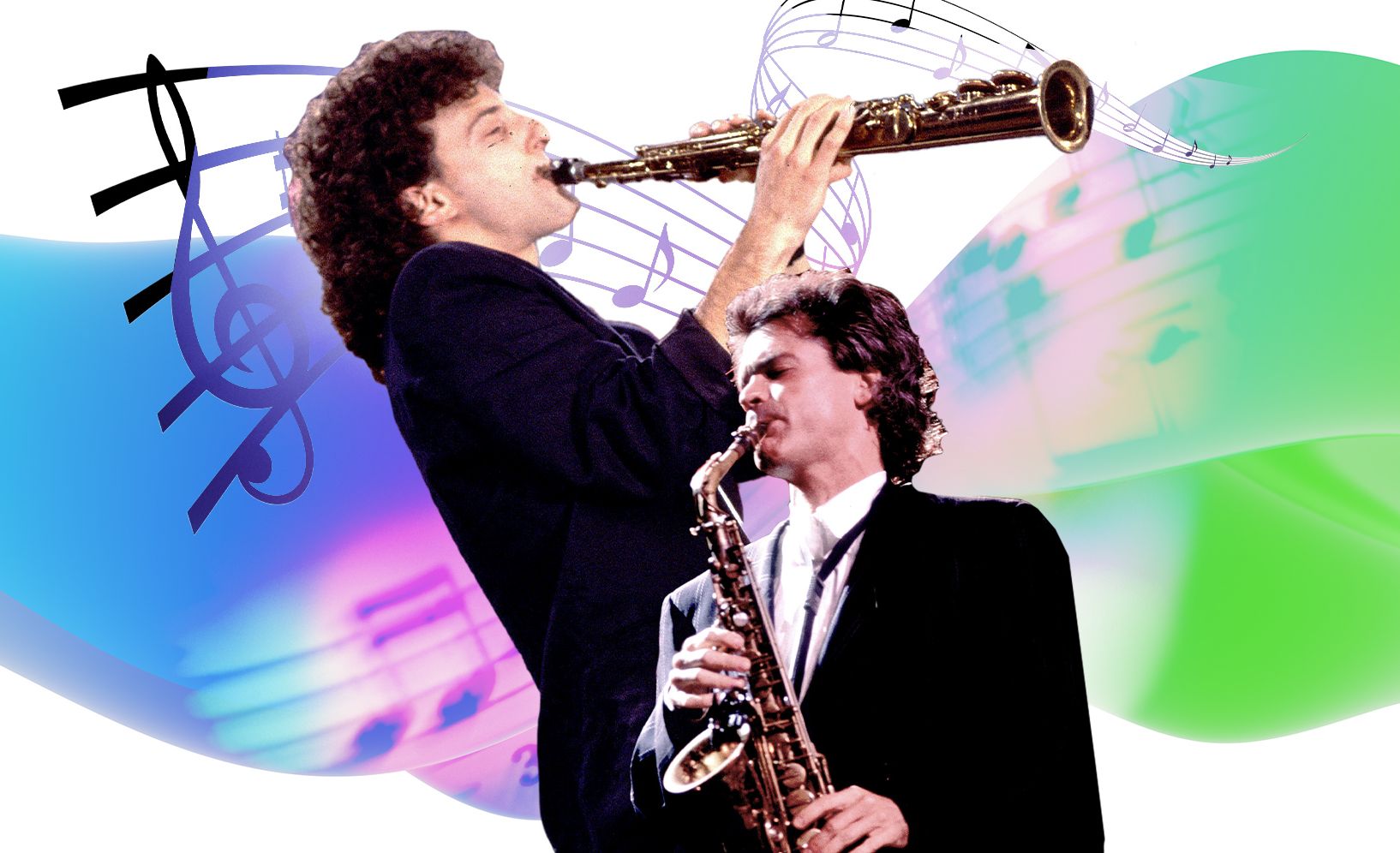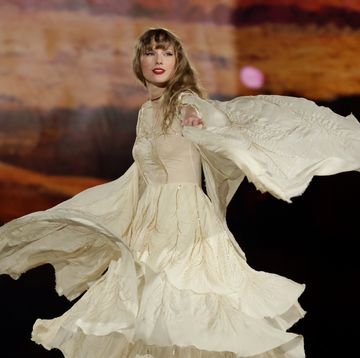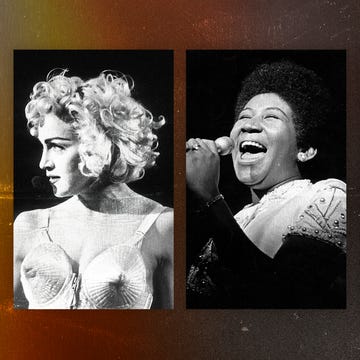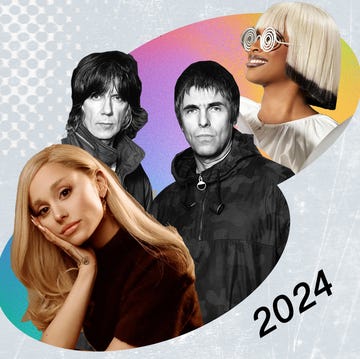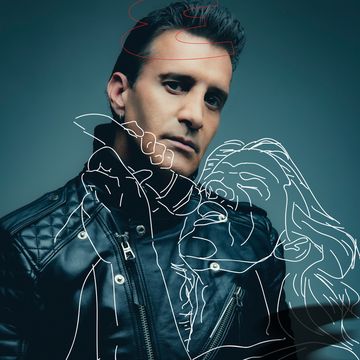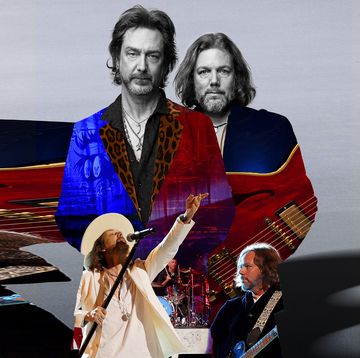It began innocently enough. One morning I was racing to get the twins to preschool, an endeavor that sounds as simple as driving from point A to point B, but which in fact (as parents know) tends to resemble a high-pressure race against time in a movie about hostage negotiators. Having packed the nut-free snacks, having filled the water bottles, and having strapped the twins into their labyrinthine car seats in spite of having lost 30 minutes pleading with them to put on their socks, I exhaled a sigh of relief and flicked on the car radio.
When I heard the song, I laughed. So did the twins. After all, the song sounded funny. That’s the thing about jazz fusion: it sounds ridiculous, and the central nervous system of any sentient creature will immediately recognize this. I can’t remember what the song was. I did not envision myself wanting to remember. Maybe it was “Mile High” by Yellowjackets. Or “Love Is on the Way” by Dave Koz. Or “PP Head” by the Headhunters. Or “Hideaway” by David Sanborn.
All I know is that it came from a vast canon of music that I have spent my entire life mocking and trying to avoid.
Not that avoiding it is a viable option in the United States of America. Jazz fusion envelops us. It washes over us in orthodontists’ offices and shopping malls, in dingy hotel lobbies and garishly lit convenience stores. Like a weighted blanket or a water bed, it is designed to deliver comfort but just draws attention to its own absurdity. It is the music of silken saxophone riffs played by guys who look like Greg Kinnear. It is the music that renders song titles themselves moot because every track is just another synthetic wad of cascading wind chimes, rococo drumming, keyboards that seem to have escaped from a secret laboratory of ‘80s sitcom theme songs, and bass lines that make a percolating-popcorn noise. Jazz fusion is the only form of secular music for which it would be totally natural for everyone in the band to come out on stage in matching Christmas sweaters. There are millions of people in the world who pay money to go to concerts at which jazz fusion is performed, and I will never stop finding that hilarious.
But here I was listening to it in the car, and for the first time in my life I did not reflexively change the channel.
What’s even stranger? I haven’t changed the channel for weeks. I should point out that when we leased the car, the only preset station on the radio happened to be WBGO, 88.3 FM, and I left it that way because I don’t have a lot of free time to fiddle around with a dashboard and because WBGO delivers spectacular blocks of classic jazz and R&B. What I didn’t realize is that WBGO also peppers in copious amounts of jazz fusion, especially in the morning — although I guess “peppers” is the wrong word because pepper implies spice. Anyway, what I find these days is that I sink into the front seat after the mad dash to the car with the twins, and I start melting into my morning smorgasbord of Spyro Gyra and Fourplay, and I like it.
I really like it. (And to be clear here: I’m not talking about the spiky, funky, early 1970s genesis of jazz fusion with acts like Weather Report and Miles Davis albums like Bitches Brew and On the Corner. That music has always been brilliant — and it sounds even more brilliant with each passing year. No, I’m talking about what transpired in the sad wake of those breakthroughs, when jazz fusion stopped sounding like Miles Davis and started sounding like Mannheim Steamroller.)
For someone like me, someone who watched the Velvet Underground documentary three times and who has spent decades parsing every phrase and pose of various tormented auteurs (Charlie Parker, Nick Cave, Kurt Cobain, Marvin Gaye, Leonard Cohen, you can probably fill in the rest of the list with no assistance from me), this is heresy. My 14-year-old self would be appalled. So would my 54-year-old self, and I’m 55. For a while I wondered whether it qualified as one of those “the pandemic changed me” quirks. I always used to loathe the glum monotony of Pink Floyd, for instance, but somewhere around the spring of 2020 I began playing Dark Side of the Moon over and over on repeat (much to my family’s dismay) and it all. suddenly. made. sense.
Maybe it’s something else, though. I can’t help thinking about my father and how, back in the ‘80s in Southern California, my family would pile into the car to go to church on Sunday and my dad would double-down on our Presbyterian blandness by turning on a radio station that specialized in what was then called “easy listening” music. I don’t mean easy listening like the ballads of Lionel Richie. I mean easy listening like Percy Faith and Ray Conniff — now-forgotten bandleaders who churned out the most anodyne, antiseptic, whitebread gruel in the history of recorded music. By this time I was already deep into the Clash and Elvis Costello, and I would regularly and indignantly ask my father why he was subjecting us to this aural lobotomy. “It relaxes me,” he’d say.
I get that now. Why am I succumbing to — and (God help me) admiring the musicianship of — jazz fusion when I haul the twins to preschool? Because it relaxes me.
Maybe I’ve marinated in doom and gloom for too long. It’s refreshing to listen to musicians who, from the burbling and head-bobbing sound of things, enjoy their lives and know how to play their instruments and, beyond that, don’t have a lot to say. It’s nice to play something nice in the car, even as I can still hear a high school English teacher back in the ‘80s telling me to steer clear of the word “nice” because it’s meaningless. What’s wrong with meaningless? What’s so awful about nice?
Earlier this year I watched film director Penny Lane’s provocative documentary Listening to Kenny G, about the emperor of smooth jazz, and it made me wonder why I’d been such a music snob for so long. Part of me yearned to dismiss all of Kenny G’s fans as philistines who should be listening to real jazz like John Coltrane and Thelonious Monk, yes, sure, but then again what’s the point of dissuading anyone from listening to music that makes them happy? I do not understand Kenny G fans, but I do sort of envy them. What would it feel like to bypass the darkest, most twisted, most melancholy pools of musical expression and to surrender instead to a cheerful supermarket-aisle soundtrack of jazz fusion?
Would I gradually get happier too? Calmer with the children? More confident, even? Because think about it: some guy who rolls down the street blasting Dave Koz out of his car? That is an individual who does not give a fuck.
